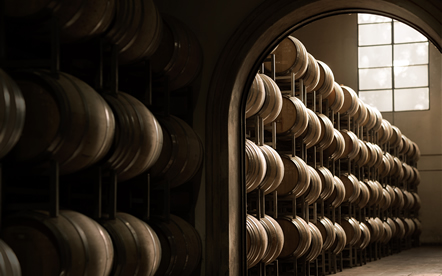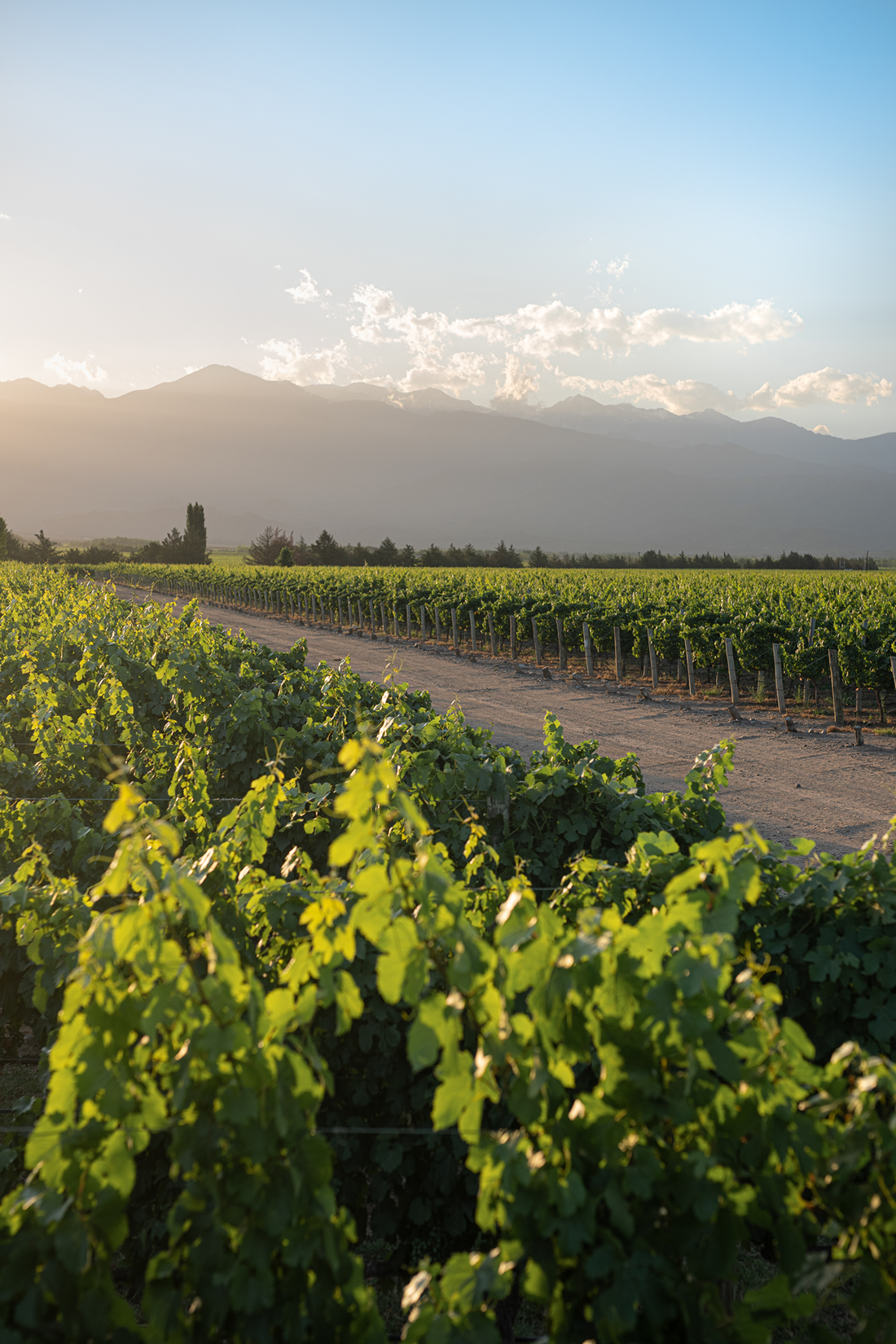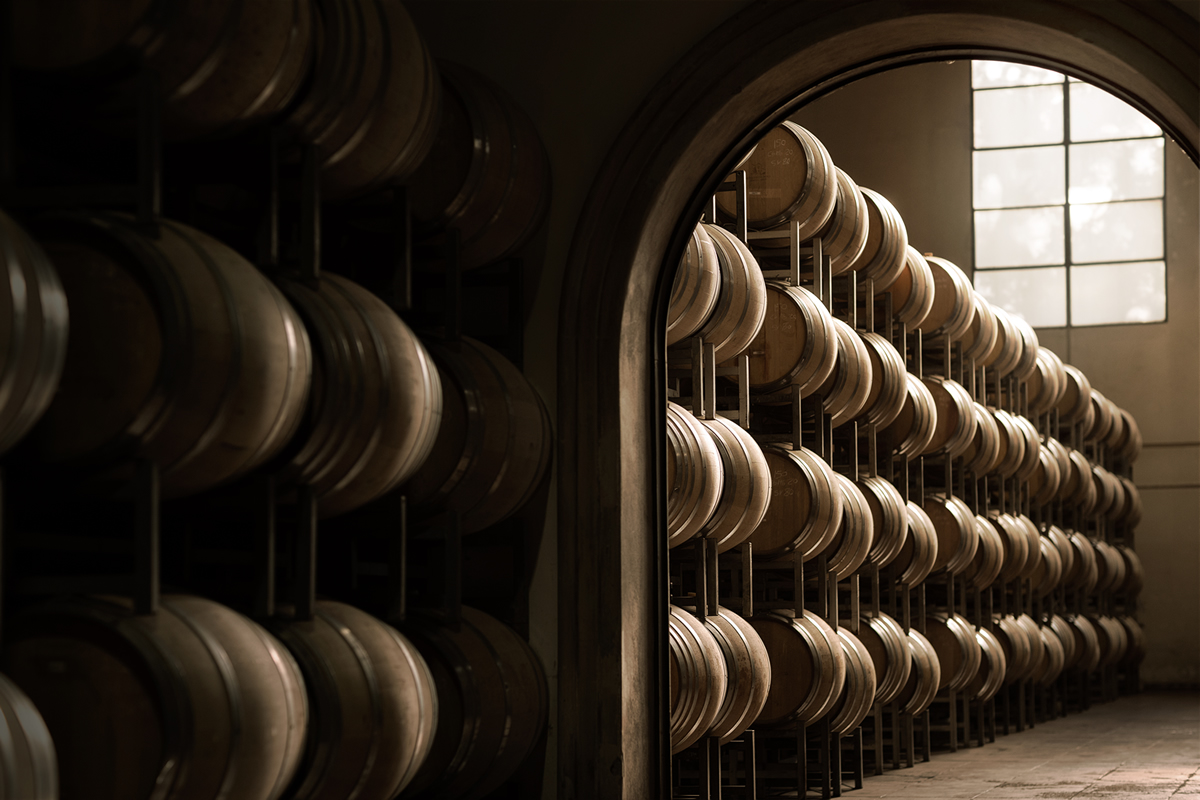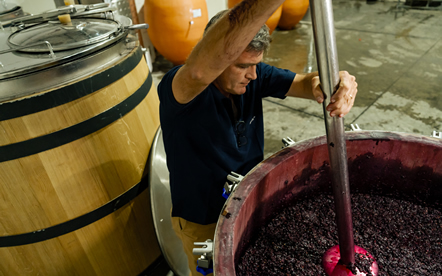
Trends: Less wood, more terroir
Historically, wood and wine have perfectly complemented each other; however, in the early days, barrels were just used to store and transport wines. Due to their shape and size, these were useful objects to trade this beverage, as they were easy to roll, and thus allowed for large wine volumes to be carried by two people. Winemakers and wine owners began to identify the benefits perceived when barrels’ came into contact with wines, and thus gave rise to their implementation.
Of all the types of wood available, oak has proven to be the best for wine ageing purposes, as this is a hard and aromatic wood, with scents that amalgamate with organoleptic notes characteristic of most of reds. Its most important contribution to wines is the oak tannins, which add more body and structure. Similarly, the exchange between the compounds of the container and the beverage provides roundness and changes the characteristics perceived in the wine’s tactile feel, flavour and aromas.
Even up to the end of the 1990s, the wine quality at a global scale was directly linked to its ageing in oak barrels. In Argentina, as well as in other wine-producing countries, premium wines were those fermented in stainless steel tanks and aged for months, and even years, in new oak barrels. This process led to very mature and sweet wines, with notes of jam, high levels of roasting and smoked hints provided by wood.
Over time, wineries, winemakers and agronomists across the world have been perfecting their winemaking techniques and, along with it, the wine quality gradually evolved and its style also underwent substantial changes. One of the overall trends that influenced this qualitative evolution was, precisely, that the presence of wood perceived is lower in modern wines: with shorter ageing periods in barrels, and sometimes conducted in previously used barrels.

What is behind this change? First of all, it is important to consider that, in most cases, the excess barrel content finally overshadows the fruit, the variety’s typicity and the terroir’s expression.

What is behind this change? First of all, it is important to consider that, in most cases, the excess barrel content finally overshadows the fruit, the variety’s typicity and the terroir’s expression. By concealing the character of wine, its peculiarity, the characteristic that makes it unique and unrepeatable is also hidden but, apart from that, this trend is alongside an even more important search: the one that involves making terroir wines, with a lower degree of human intervention and techniques that change their aromas, flavours, and textures. Nowadays, wineries across the world opt to make purer and more transparent wines that truthfully represent their place of origin, their estate, or even a particular terroir. As the ambassador of luxury wines in Mendoza, Luigi Bosca supports this trend of reducing the use of barrels for each wine to express its own identity and full potential through its goût de terroir.
Engineer Alberto Arizu




